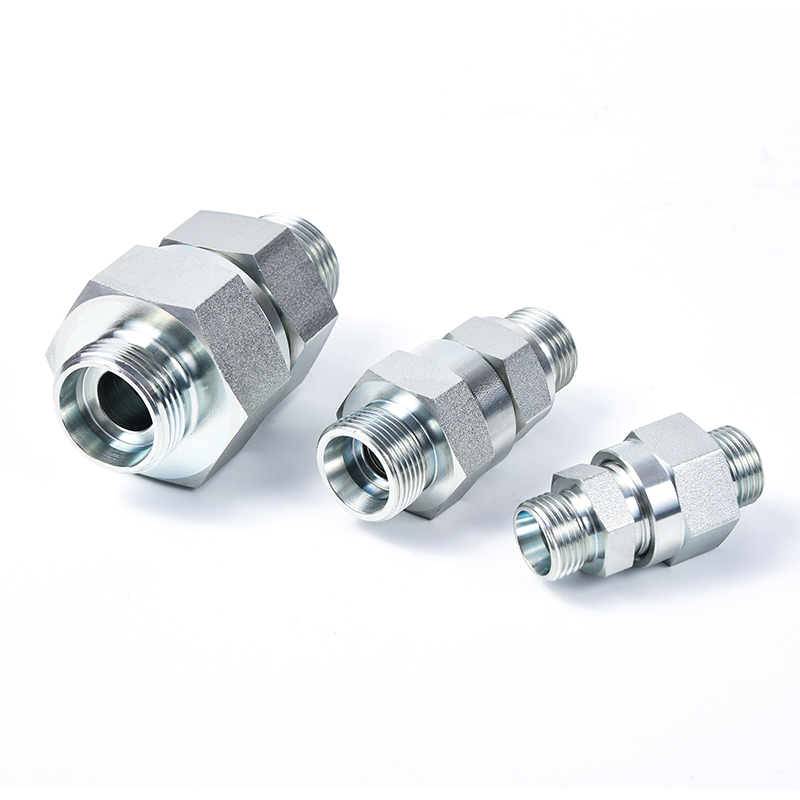A hydraulic check valve is a valve that allows fluid to flow one way but prevents it from flowing in another. They are also known as anti-siphon, non-return, bypass, load holding, PO check, one-way plus a few other names depending on the purpose of the valve and equipment they are used in.
Check valves are a very important piece of equipment in many hydraulic systems, particularly when a backup of fluid could cause serious problems. They are used in braking systems, construction tools, lifting systems and other hydraulic system applications to prevent backflow and keep the fluid in the system.
There are a wide variety of check valves, from the standard ball and poppet types to the more complex split disc, tilting, and swing valves. Each type of check valve can be designed for a specific application and each has its own unique advantages, but all have the same basic design: a spring on either side that opens when pressure changes, and closes when it drops.

The spring rate will vary according to the application and will determine how fast the valve opens and closes. It also depends on the pressure differential required to open the valve.
Check valves can be manufactured from a variety of materials, including polyvinyl chloride (PVC), chlorinated polyvinyl chloride (CPVC), brass and 303 stainless steel. PVC has the advantage of being corrosion resistant and CPVC has the advantage of being able to withstand high temperatures without deforming or breaking. Brass is a less expensive alternative, but it has the same ability to withstand high temperatures and can be cast in a number of different configurations.

 EN
EN  中文简体
中文简体












